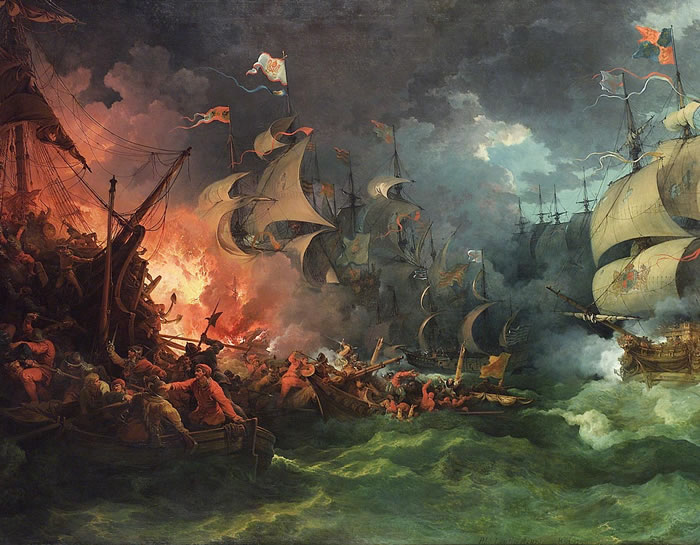La próxima investigación tratará sobre la economía de un país. Se hará en un power point y se expondrá posteriormente a la clase. Los grupos ya están formados (no se puede cambiar de grupo) y a cada grupo le corresponderá un país.
Vamos con las características que tiene que tener
obligatoriamente vuestro trabajo:
1. Se hará en un power point. Recordad que hacer un power point no es copiar un montón de información sin más. Tenéis que seleccionar de forma resumida la información más importante y añadir imágenes.
¡Cuidado con añadir información que no sepáis luego explicar! Si os hago alguna pregunta de la información que presentéis y no sois capaces de explicarla se os penalizará en la nota. Os recordaré en clase los
criterios de calificación tanto de la parte del trabajo en grupo, como de la exposición oral.
2. En la
primera diapositiva del trabajo debe aparecer:
-País sobre el que hacéis la investigación y debajo el subtítulo "análisis de los sectores de su economía".
-Una imagen representativa de ese país.
- El nombre de los miembros que integran el grupo.
3. En la
segunda diapositiva aparecerá un
indice con los puntos más importantes de vuestro trabajo.
4. En la
tercera diapositiva aparecerá:
Un breve resumen de los datos económicos, administrativos y demográficos más importantes del país:
-Capital.
-Forma de gobierno (Monarquía parlamentaria, república y tipo de república, régimen autoritario...)
-Población total.
-Superficie del país.
-Moneda.
-Si tiene un Índice de Desarrollo Humano (IDH) alto, medio o bajo.
-PIB.
- PIB per cápita.
-Balanza comercial expresada en % de su PIB (es decir la diferencia entre lo que importa y lo que exporta).
-Peso económico (%) de cada uno de los sectores económicos estudiados en el total del PIB.
-Indice de Libertad Económica.
- Posición del país según alguno de los listados de países según su felicidad.
5. En las
siguientes diapositivas tenéis que explicar cómo son sus sectores primario, secundario y terciario. Podéis incluir las actividades del sector cuaternario (las TIC, I+D+i) tanto en el terciario como en un punto aparte. Pero, por supuesto, es obligatorio, referirse a estas actividades de la economía.
Debéis seguir un orden. Primero explicar el sector 1º, después el 2º, el 3º y por último el 4º. Cada vez que vayáis a explicar uno de estos sectores tenéis que poner en la diapositiva el título correspondiente, así como una imagen relacionada con ese sector.
Por ejemplo si voy a hablar del sector primario en esa diapositiva de presentación sólo puede aparecer:
SECTOR PRIMARIO y una imagen relacionada con él.
Los contenidos de los sectores económicos serán los siguientes:
SECTOR PRIMARIO:
-Agricultura (tradicional o de mercado)
-Ganadería.
-Explotación forestal.
-Pesca
SECTOR SECUNDARIO:
-Materias primas.
-Fuentes de energía (tradicionales y alternativas)
-Industria.
-Impacto medioambiental de la industria.
SECTOR TERCIARIO:
-Comercio (interior y exterior).
-Transporte.
-Turismo.
-Finanzas
-TIC
I+D+i.
ENGLISH: As usually, you must do at least half of the project in English, this includes both the power point and the oral presentation.
En la última diapositiva debe aparecer una conclusión en la que de manera resumida expliquéis qué aspectos de vuestro país os parecen más importantes, qué habéis aprendido al hacer esta investigación, etc.)
Fecha de entrega:
18 de abril. Ese mismo día comenzaremos las exposiciones. No hay tiempo para aplazar el trabajo
Antes a cada grupo se le entregará una plantilla con todos los items que el profesor seguirá para evaluar cada una de las exposiciones.
Os dejo a continuación algunos enlaces que os pueden servir para realizar vuestras investigaciones.
http://www.indexmundi.com/es/
http://datos.bancomundial.org/pais
http://hdr.undp.org/es/datos/mapa/
http://www.datosmacro.com/paises
http://www.germes.com/cuentas-de-estado/espana/datos/204-economia-de-los-paises-por-sectores.html
Estoy a vuestra disposición para ayudaros a solucionar cualquier duda que os vaya surgiendo. No olvidéis que lo más importante es aprender cosas nuevas y disfrutar con el trabajo que hacemos. Esa es una de las llaves de la puerta de la felicidad de la vida.








